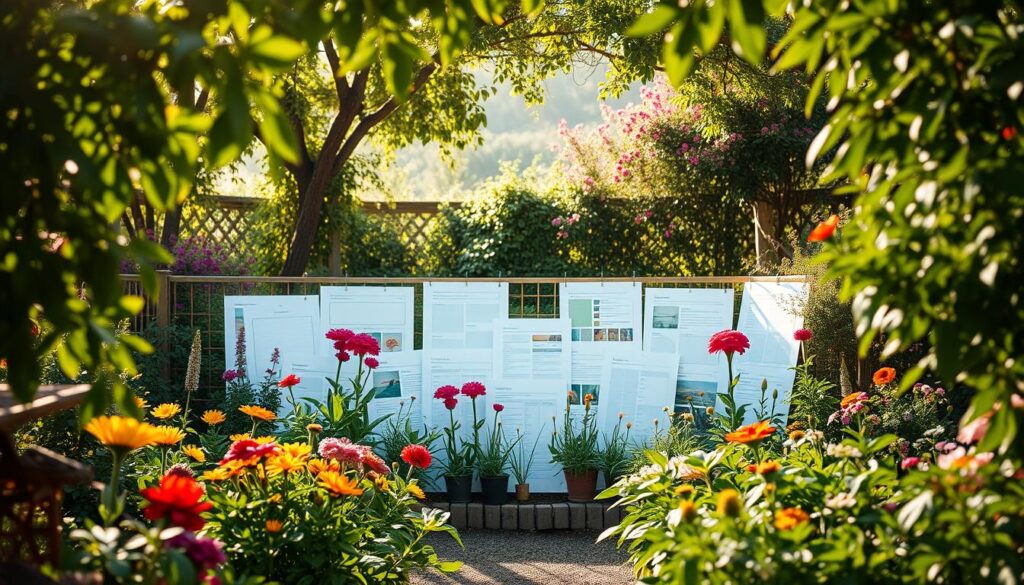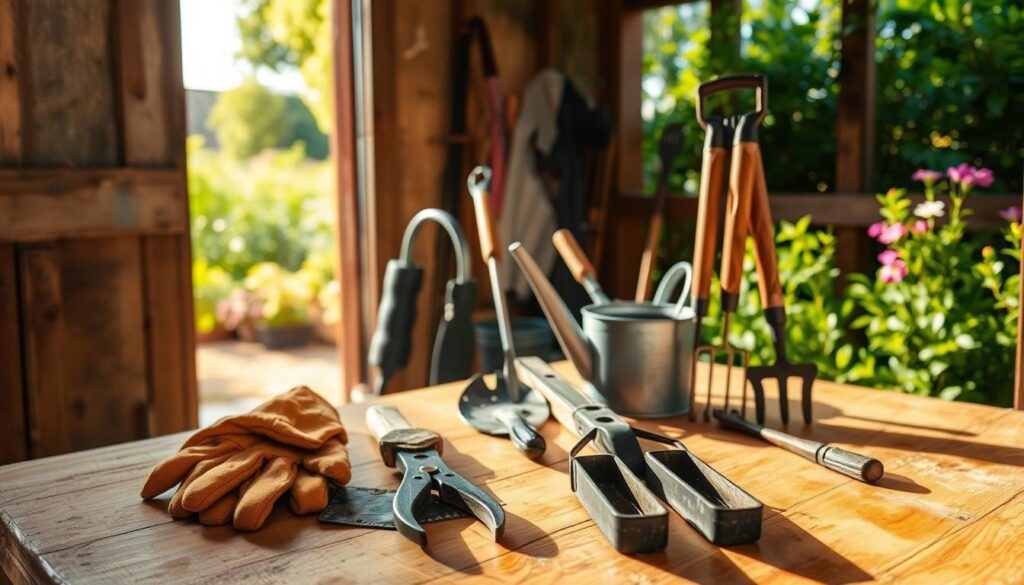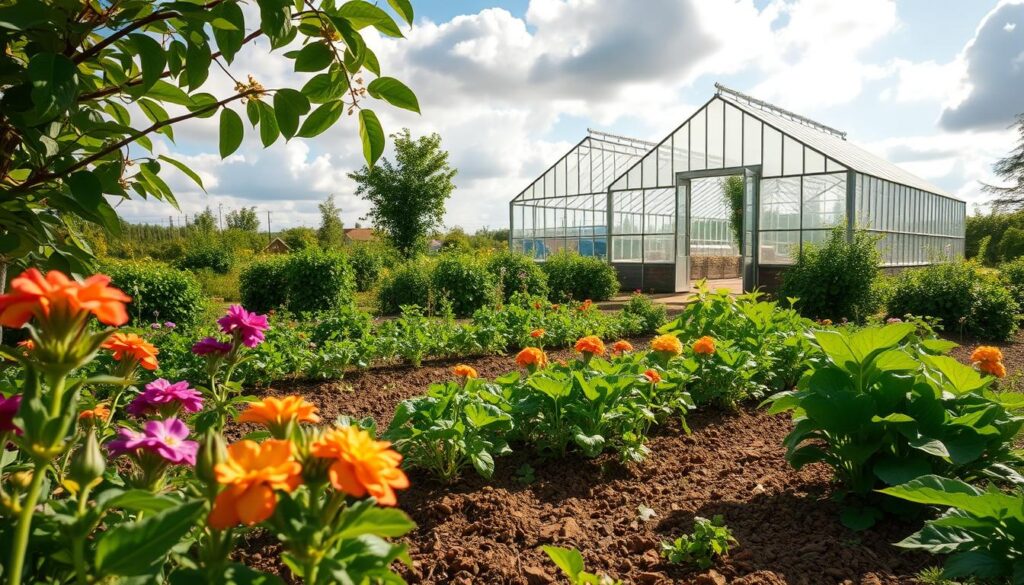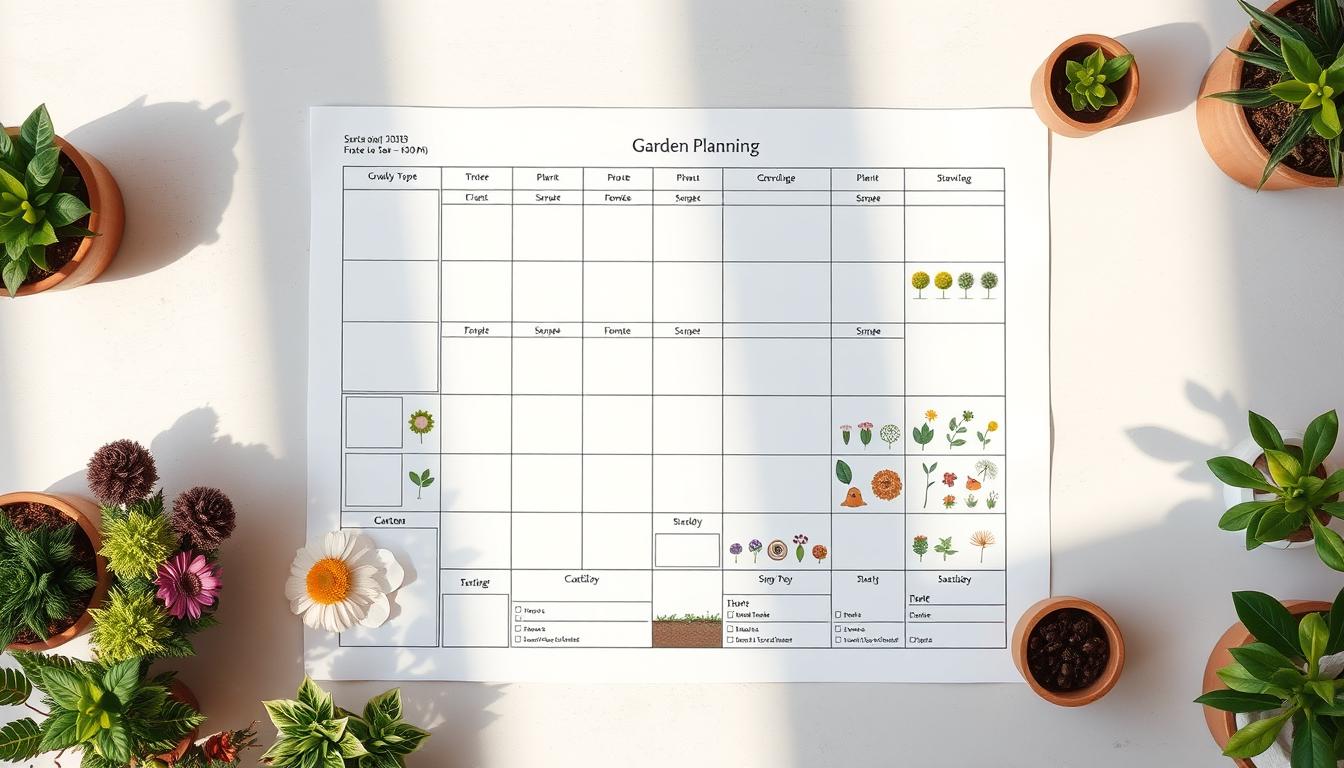Winter is the perfect time to slow down and dream about the vibrant life spring will bring. One of the most joyful ways to prepare for the growing season is by planning your garden. Whether you’re a seasoned gardener or just starting, this activity can be a fun and creative project for the whole family.
In collaboration with Axe and Root Homestead, we’ve created a 9-page printable pack to help you track seedlings, harvests, and plant details. These tools are designed to make your garden planning both practical and inspiring. For example, imagine designing an 8×4 bed filled with tomatoes, peppers, and herbs—these templates make it easy to visualize and organize your space.
As winter forces us to pause, it also gives us the opportunity to prepare for the renewal that spring brings. Start your garden journey today and watch your plans come to life!
Key Takeaways
- Winter is an ideal time to plan your garden for the upcoming spring season.
- Collaborate with family to make garden planning a fun and creative activity.
- Use a 9-page printable pack to track seedlings, harvests, and plant details.
- Design practical layouts, like an 8×4 bed with tomatoes, peppers, and herbs.
- Seasonal transitions from winter to spring inspire growth and renewal.
Why Use Free Gardening Templates?
Visualizing your garden layout saves time and reduces stress. With structured tools, you can plan efficiently and avoid common mistakes. For example, scaled diagrams help prevent overcrowding, ensuring each plant has enough space to thrive. Imagine planting one marigold per 12-inch square—this precision leads to healthier growth.

These tools aren’t just practical; they’re also creative. Platforms like Microsoft Create offer floral templates perfect for social media posts. Share your garden journey with friends and followers, or turn your layouts into framed art. The 60s-inspired “Bloom Where You’re Planted” design adds a vibrant touch to your planning process.
Engaging children is another benefit. Coloring book templates and watercolor projects make garden planning a family activity. Plus, laminated templates can be reused year after year, saving you hours of work. Whether you’re a seasoned gardener or just starting, these tools address common frustrations like forgotten plant spacing.
Finally, templates offer multi-use benefits. Plan your salsa ingredients while designing Instagram-worthy beds. With these tools, your garden becomes both functional and beautiful. Start today and see how easy it is to bring your vision to life!
Getting Started with Garden Planning
Planning your garden doesn’t have to be complicated—begin with what excites you most. Whether you’re dreaming of fresh tomatoes or fragrant basil, starting small ensures success. A 4’x8′ bed is a great size for beginners, offering enough space without overwhelming maintenance.

Start Small and Focus on What You Love
Choose 3-5 crops you enjoy most, like tomatoes, peppers, or basil. These plants are beginner-friendly and rewarding. Starting with favorites keeps the process enjoyable and manageable. Remember, a thriving garden begins with passion and patience.
Choosing Between Seeds and Seedlings
Deciding between seeds and seedlings depends on your time and goals. Seeds cost $2-5 per packet and offer variety, but starting them takes 6-8 weeks before the last frost. Seedlings, priced at $3-8 per plant, save time and effort. Bakers Creek Heirloom Seeds are a great choice for their high germination rates.
Pro tip: Use code SHIP49 for free shipping on orders over $49 when ordering Bullnose peppers and Brandywine tomatoes. Essential tools like a pH meter, seedling trays, and grow lights make the process smoother. For more tips, check out this beginner’s guide to garden planning.
Understanding Ideal Growing Conditions
Creating a thriving garden starts with understanding the environment your plants will grow in. Every garden has unique conditions, from soil type to sunlight exposure. By tailoring your approach to these factors, you can ensure your plants thrive and produce a bountiful harvest.

Know Your Hardiness Zone
The USDA hardiness zone map is a gardener’s best friend. It divides the U.S. into zones based on average minimum winter temperatures. For example, tomatoes in Arizona require heat-tolerant varieties, while Minnesota gardeners need cold-hardy types. Knowing your zone helps you choose plants that will flourish in your climate.
Planning for Success
Once you know your zone, focus on creating the best environment for your garden. Start by mapping sunlight with apps like Sun Seeker to identify areas with 6-8 hours of full sun. Soil preparation is equally important—mix 40% compost, 40% topsoil, and 20% vermiculite for optimal drainage and nutrients.
Companion planting is a natural way to control pests. Marigolds repel nematodes, while basil deters whiteflies. Microclimates, like south-facing walls, can add a half-zone heat boost, extending your growing season. For more tips, check out this beginner’s guide to garden planning.
| Pest-Resistant Plants | Pests They Repel |
|---|---|
| Marigolds | Nematodes |
| Basil | Whiteflies |
| Lavender | Moths, Fleas |
Succession planting is another smart strategy. Use template overlays to plan multiple crops in the same space throughout the season. With the right tools and knowledge, your garden will be both productive and beautiful.
Exploring Free Gardening Templates
Organizing your outdoor space becomes effortless with the right tools. Whether you’re planning a vegetable patch or a flower bed, structured layouts make the process simple and enjoyable. These resources are designed to help you visualize and execute your ideas with precision.

Structured Garden Bed Planning
One popular template features a grid system with 32 squares, each labeled with coordinates (A-L). This layout ensures proper spacing for plants like Berggarten sage and Lilac peppers. Precision is key to avoiding overcrowding and promoting healthy growth.
For example, placing tomatoes in squares A1-A4 and basil in B1-B2 creates a balanced and productive bed. This method is ideal for beginners and experienced gardeners alike.
Creative and Artistic Templates
If you’re looking for something more artistic, Microsoft Create offers vintage designs like “Flora Culture” and modern layouts like “Hanging Gardens.” These templates are perfect for social media posts or even framed art. Share your watercolor designs with #GardenGoals to inspire others.
These templates also serve a dual purpose. They can be used as a child’s art project and later as an actual planting guide. This makes garden planning a fun activity for the whole family.
Whether you prefer grids for vegetables or abstract shapes for flowers, there’s a template to suit your style. Explore these resources and bring your outdoor vision to life!
Conclusion
Bringing your garden vision to life is easier than you think. With printable trackers, you can monitor harvest yields and plant performance effortlessly. These tools save time, reduce errors, and let your creativity shine. Start with one bed and expand to two or three annually using the same resources.
Share your progress on social media! Tag us to show off your marigold borders or salsa gardens. Your post might inspire others to start their own journey. Don’t forget to test your soil pH and order seeds by the recommended date for a seamless start.
Your future summer tomatoes are waiting in these winter plans. Download the tools today and take the first step toward a thriving garden. Let’s make this growing season your best one yet!

